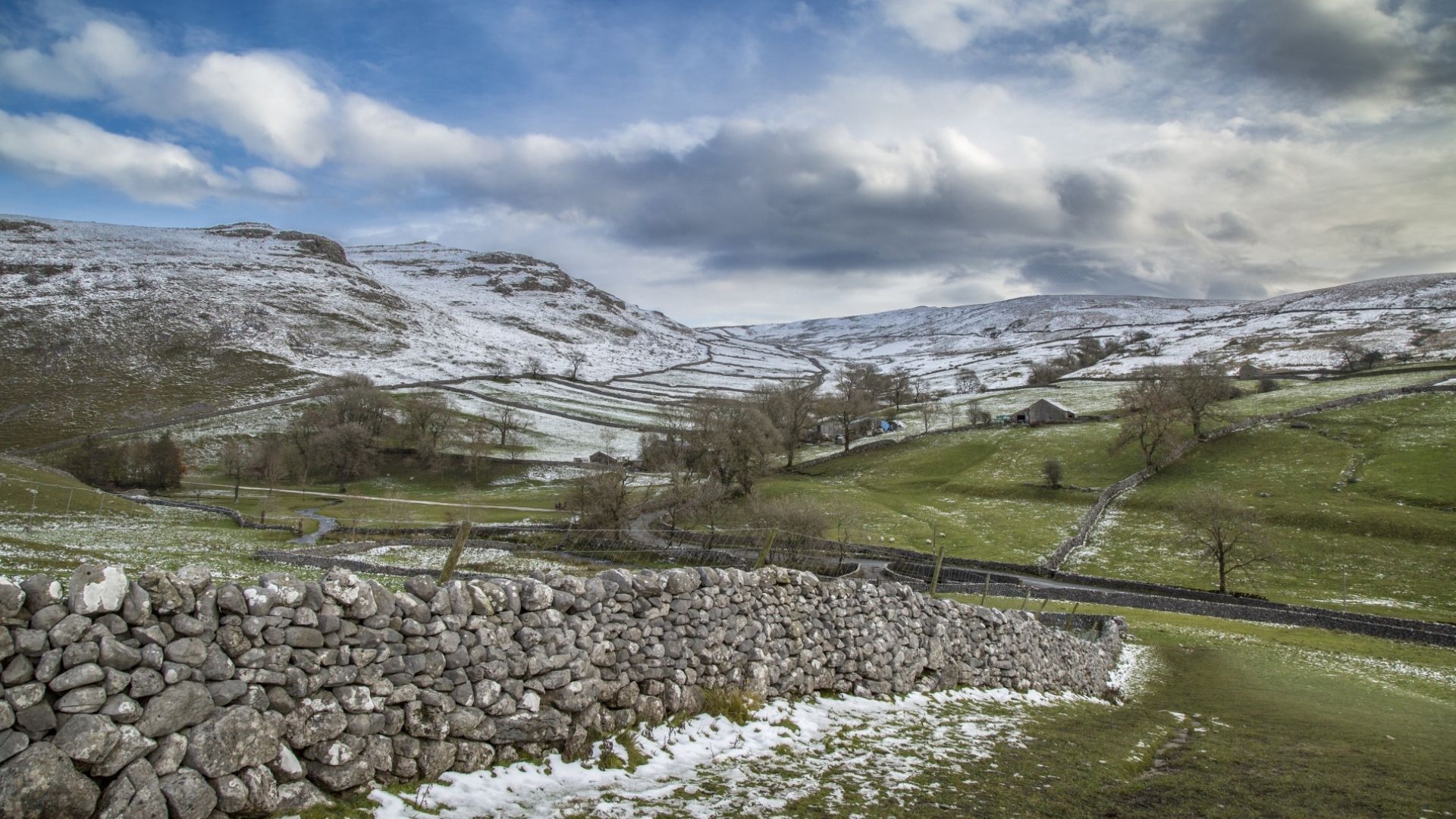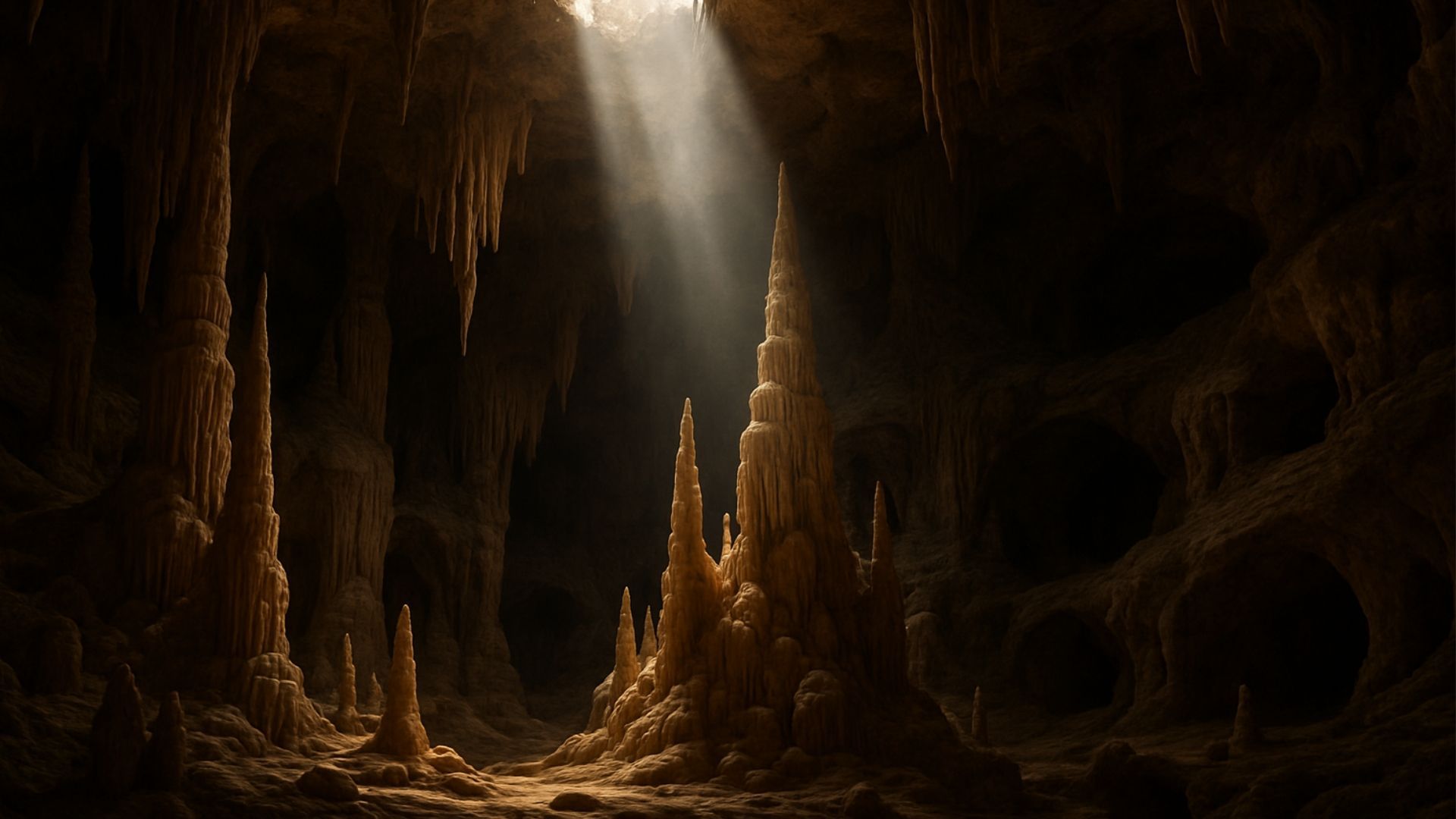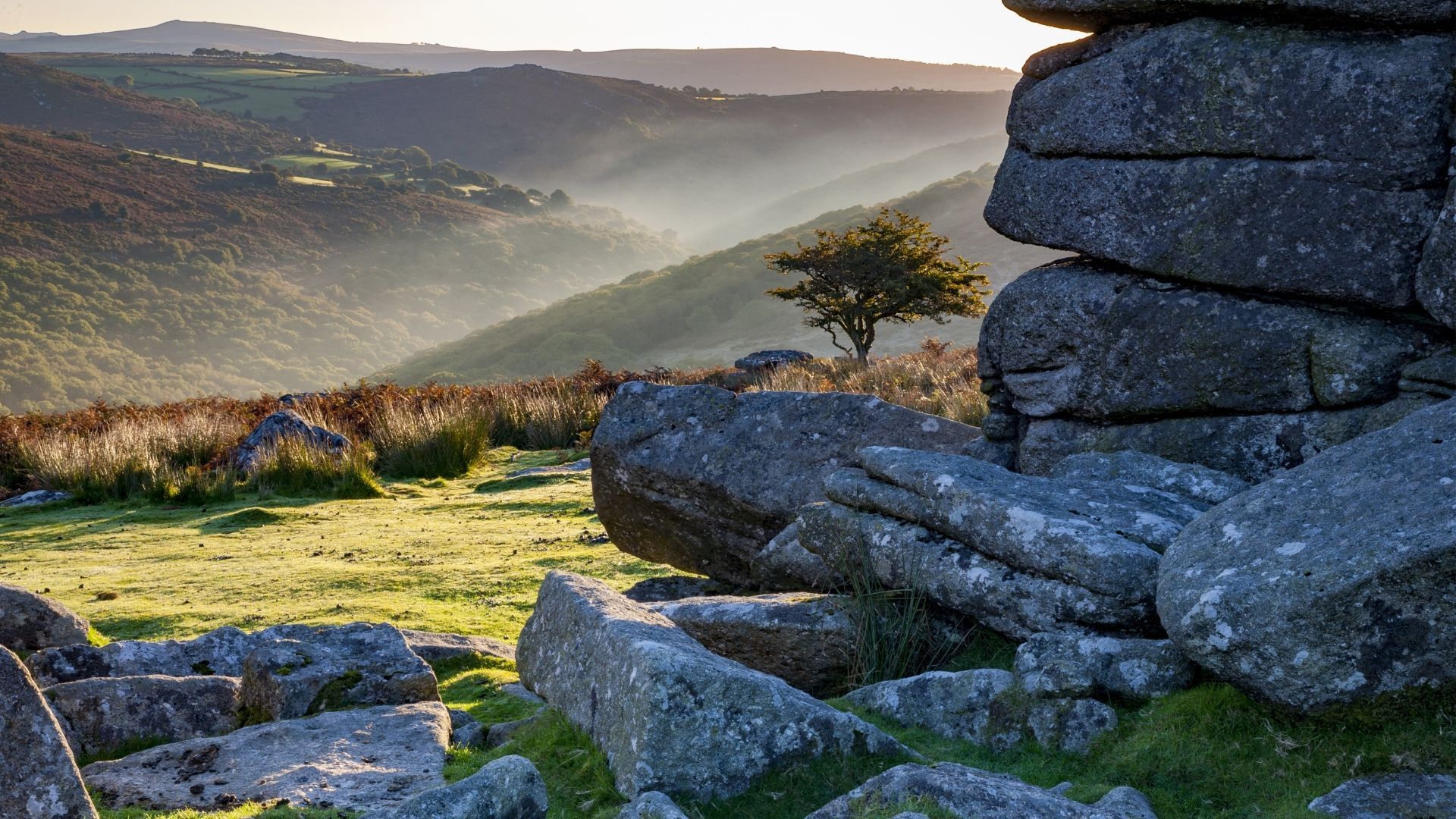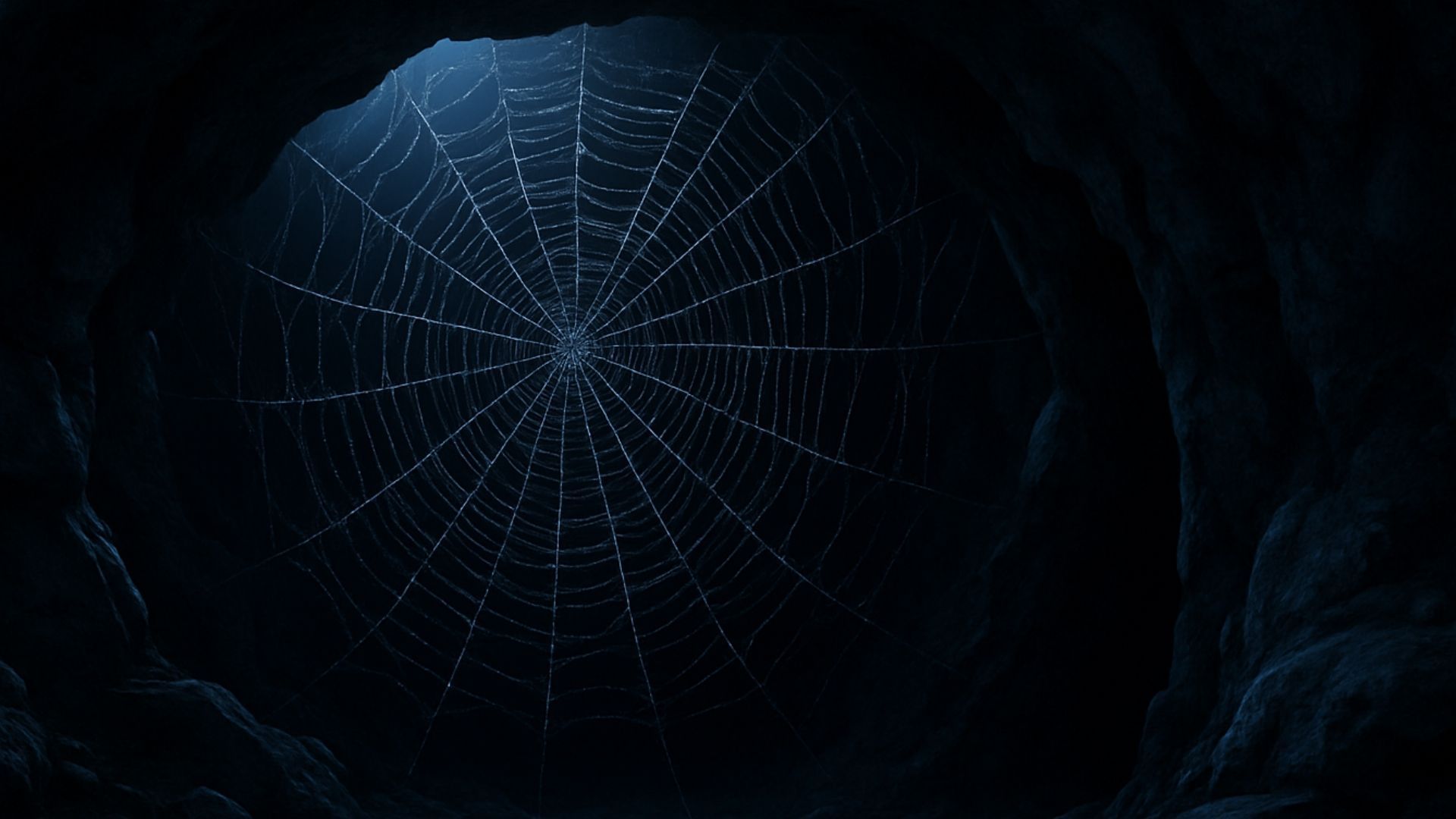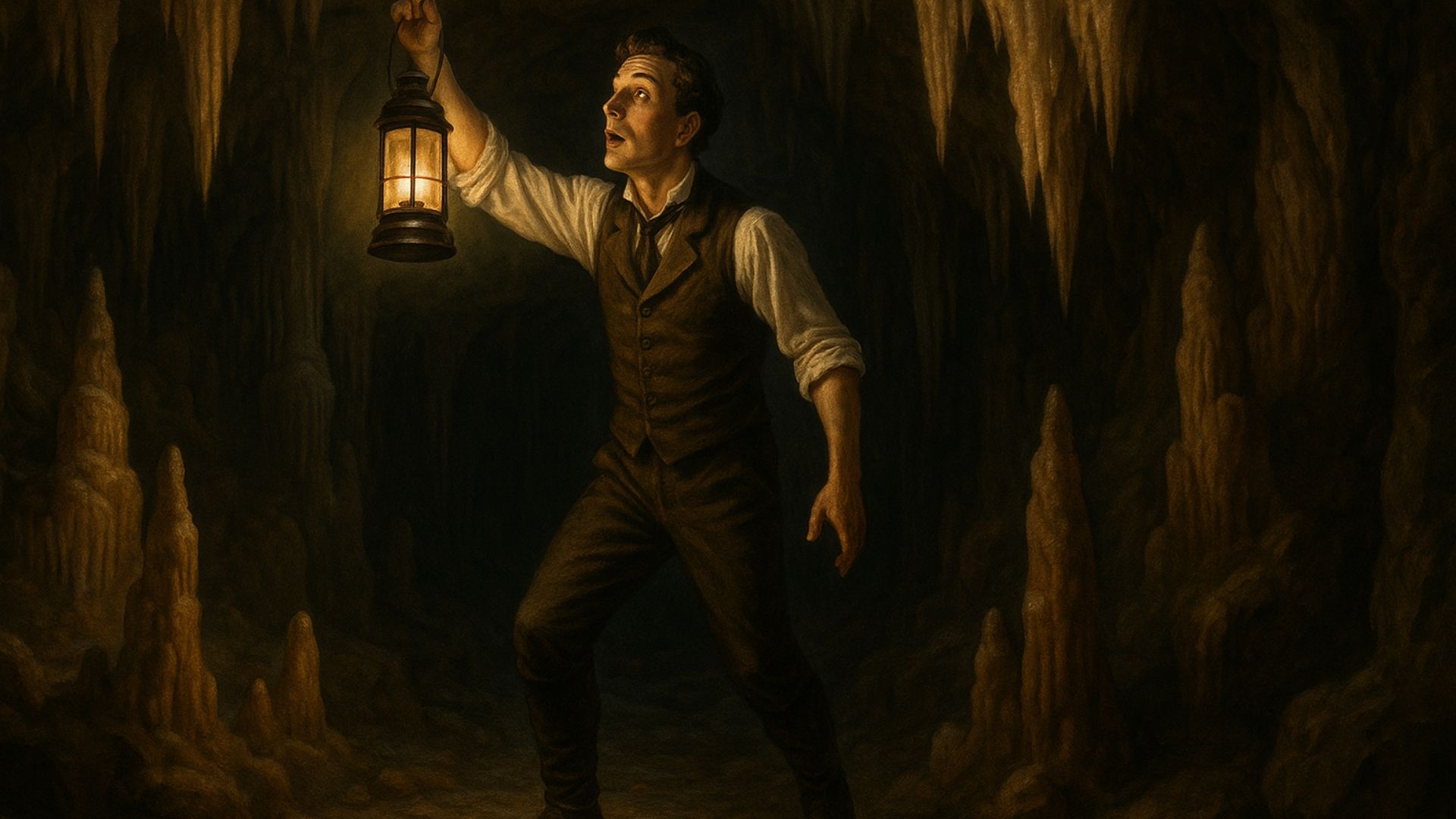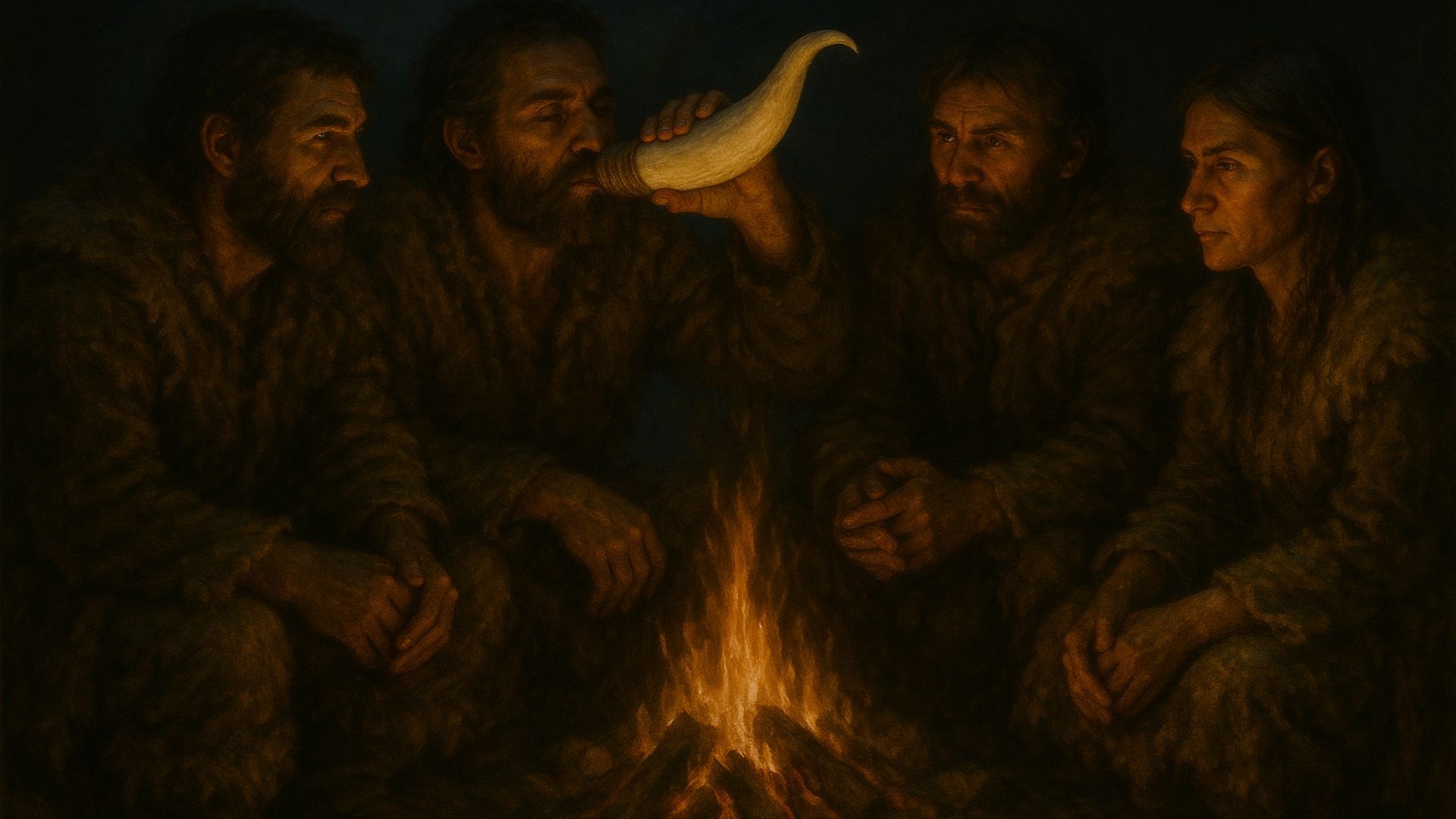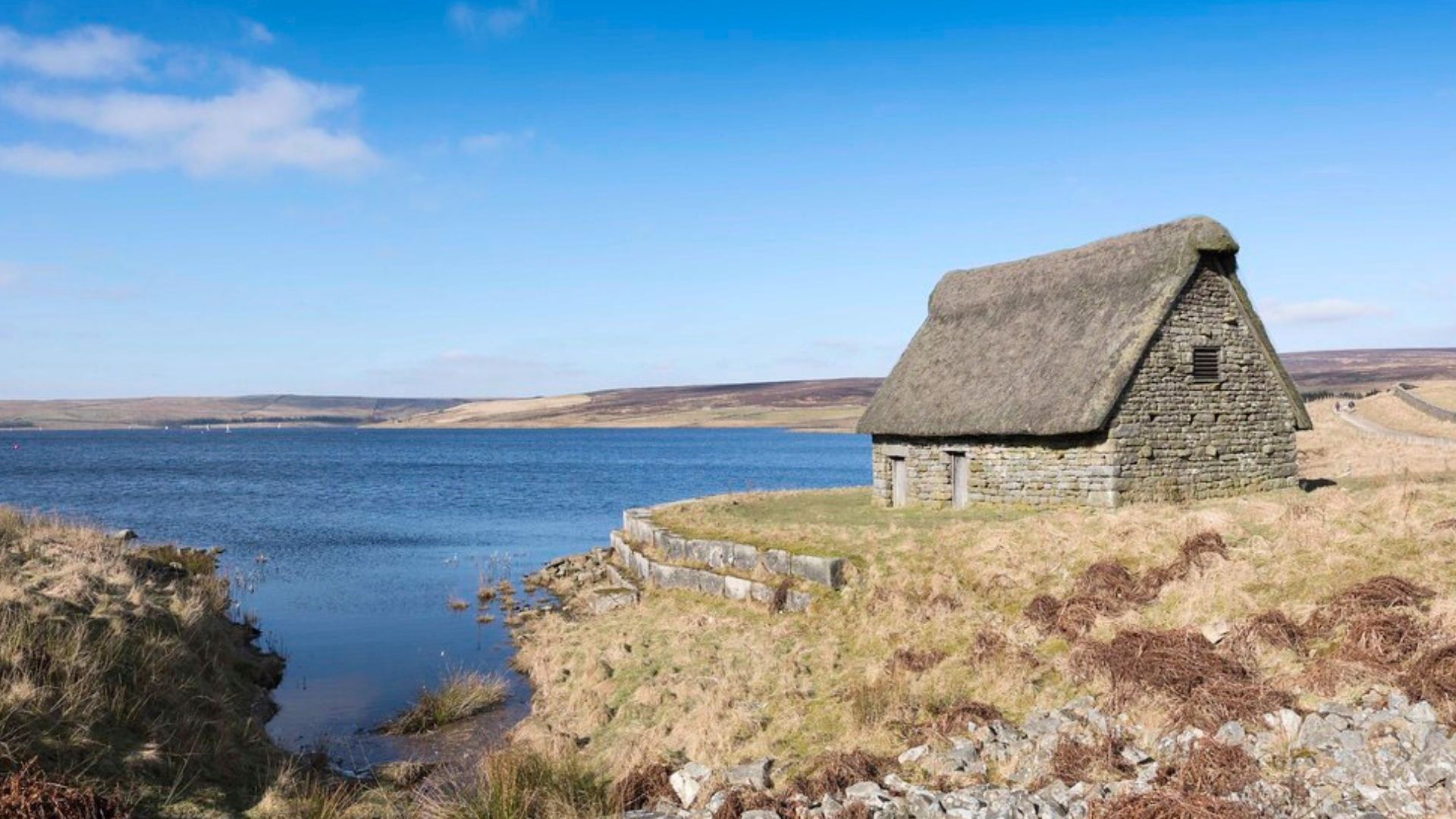Are you looking for cave-based craft activities for kids? Explore your options in our simple how-to guide.

There's something about caves that captures kids' imaginations. They can be cosy or creepy, the home to soft plants or magnificent beasts. They can be naturally occurring, manmade or realms of pure fantasy.
This versatility makes them an ideal choice for a craft project. They can be small and ornamental or big enough to crawl into. They can be painted with one or two colours or turned into a technicolour spectacle.
Sounds good, right? But it may be that you don't know where to start. We hope this article changes that, introducing you to some easy ways to make a cave at home.
But before we jump into some of the methods you can use, what could your cave look like?
Ideas
A kid-crafted cave can take many different forms. It can be a realistic cave with stalagmites and stalactites. It can feature grass, stones and other real-life natural elements. Done this way, you can relate the activity to what your child is learning in science lessons.
But caves can also be a portal into a world of imagination. You could make a dragon's lair, a bat cave or a cave from Minecraft. Your cave could be a superhero's home, an igloo or a nativity scene. It could be underwater, underground or even on the Moon.
Or why not encourage the kids to go off-piste entirely and make a cave that's never existed before in fantasy or reality?
Whatever design you choose, there are different ways to go about it. Let's take a closer look.
Papier-mâché
Papier-mâché is a popular craft activity for kids for several reasons. First, it's cheap. All you need is some old newspaper, glue, water and a paintbrush.
Secondly, papier-mâché lasts. Done well, it can last for centuries. This means you and your kids can make a cave that can be revisited, enjoyed and even added to over the years.
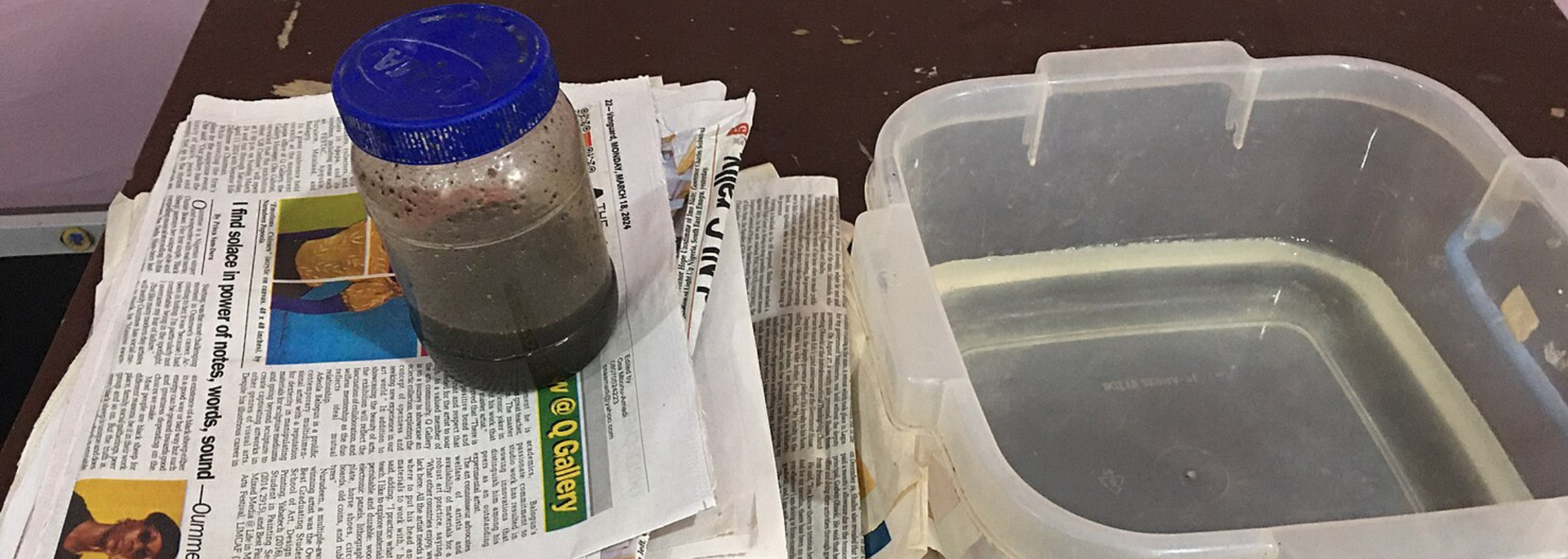
Finally, many kids love it. There's an undeniable something about tearing up old newspapers and slapping on the glue mixture. Perhaps it's the fact that the process stimulates all five senses and requires a range of movements.
To make a papier-mâché cave, you need to blow up a balloon. Cover the balloon with strips of old newspaper and watered-down PVA to create the shape of your cave. Aim for five layers minimum to ensure a sturdy cave.
Each layer needs to dry before moving on to the next. If you like, you can air-dry the papier-mâché or use a hairdryer.
Once your layers are stuck to the balloon, it's time to decorate the cave with paints.
When you've painted your cave to your satisfaction, it's time to burst the balloon – and voila, you've got a cave that can stand alone or form part of a larger scene.
Blankets
A balloon-sized cave is all well and good. But what if you want to build a cave you can crawl into? Well, it's time to make a den.
There are different ways to build a den. One involves a play tent and blankets. First, set up the tent. Next, hang rugs inside and out to create a cave-like appearance. Finally, open the tent flaps to create a cave mouth.
If you don't have a play tent, you can place two chairs next to each other, backs facing inwards. You then hang blankets over the backs of the chairs and put blankets, a duvet, cushions or pillows inside.
Your blanket cave can be a place to play, read, do crafts or just sit quietly. You could even give your child a torch to explore the cave.
Shoebox cave
Take the lid off a shoebox and turn it on its side. There you have the basics of a cave, ready to be painted and filled with rocks, animals and plants. These could be homemade or toys bought for another purpose.
You could roll the card from an egg box to make stalagmites and stalactites. You could paint the walls with prehistoric cave art. You could add a waterfall, stream or lake. The only limit is your child's imagination.
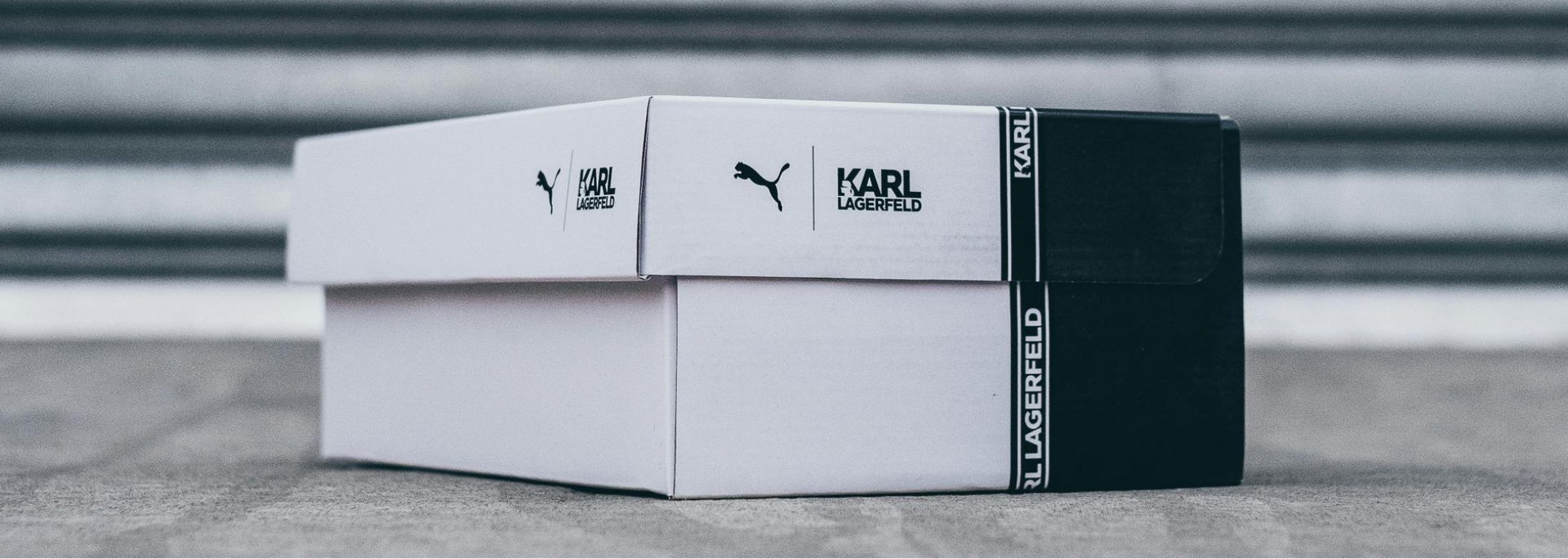
Cave art
Tens of thousands of years ago, cavemen and cavewomen painted on the walls of their caves. Often, the pictures were simple scenes of humans, spears and animals. Why not take inspiration from our ancestors and add some art to your cave?
If you make a cave out of a large cardboard box, you can encourage your kids to draw on the inside walls. This could make a refreshing change from your usual drawing activities. Or how about hanging up drawings or paintings inside your cave?
Alternatively, why not experiment with clay? You can flatten a block of clay into a canvas, add shapes with a pencil and then fill them in with paint.
Adding pictures to a homemade cave opens up new creative possibilities and makes the finished product even more personalised.
Why do crafts with your children?
If you're reading this article, chances are you're convinced that crafts are a good thing to do with your children. But it's worth recapping the benefits for those times when it seems more trouble than it's worth.
Crafts encourage children to be creative and use their imaginations. It can help them develop hand-eye coordination and other motor skills. It helps them explore colours, shapes and textures.
It can also help children build confidence and self-esteem. Setting a child up to do a craft activity puts them in a position to take control and work independently.
Finally, crafts can be a way for children to express emotions. This is a key reason why they're widely used in child therapy sessions.
Why not complement your craft sessions with a day trip to a real-life cave? Here at Stump Cross Caverns in the Yorkshire Dales, we hold regular educational sessions for young explorers. If you're looking for
activity days out in Yorkshire, you won't find anything else quite like it. Start by exploring our
calendar of events and activities.

